#isabella of england
Text


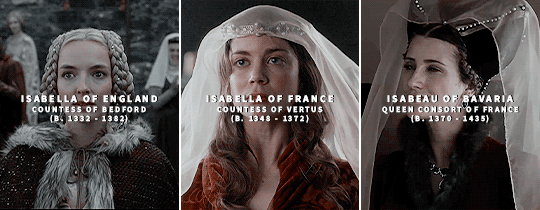



↳ Historical Ladies Name: Isabella/Isabelle
#isabella of gloucester#isabella of angouleme#isabella of england#isabella of aragon#isabella of france#isabella of valois#isabeau of bavaria#isabella of portugal#isabella i of castile#isabel neville#isabella d'este#isabella of austria#isabella of parma#historicalnames*#historyedit#my gifs#creations*
357 notes
·
View notes
Text


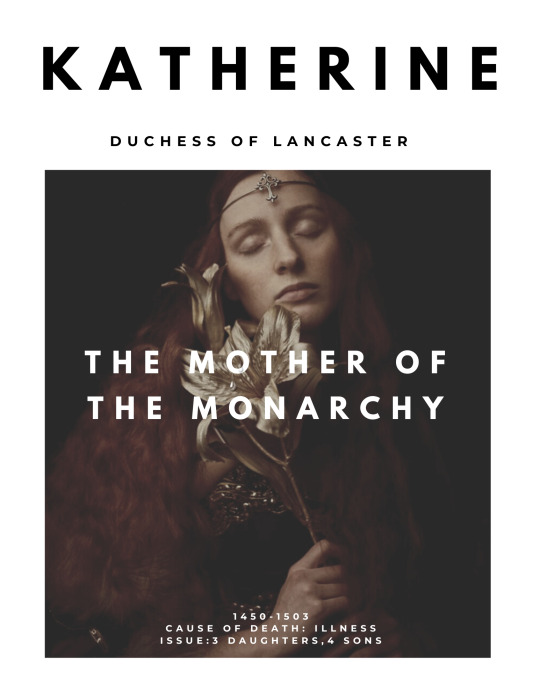

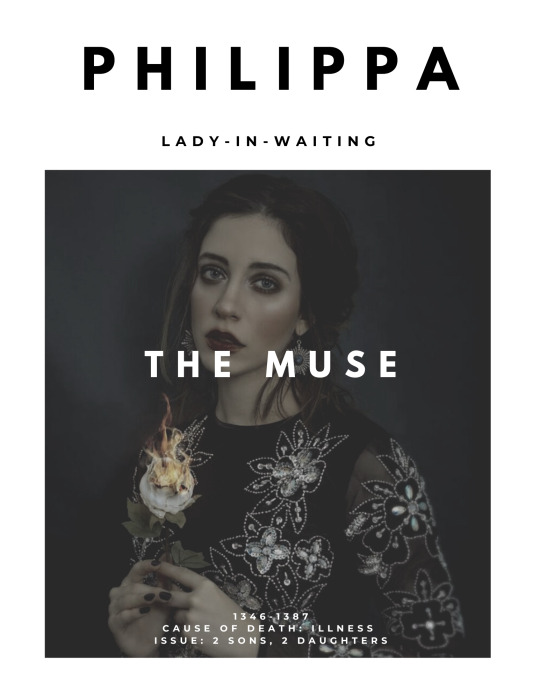

Notorious Women ➝ The Women of Edward III’s Court
“Given his impressive fifty year long reign, one would expect history to wax on at more length about Edward III. Yet it is the women in his life, his court, that are best remembered. From his mother who forcibly wrestled away the throne from his father with the help of her lover, to his scandalous daughter-in-laws from which the modern line of the monarchy sprung, to his own lover who became one of the most powerful and despised women in English history.”
#historicalwomendaily#weloveperioddrama#perioddramaedit#isabella of france#Joan of kent#Alice perrers#Katherine swynford#Phillipa roet#phillippa chauncer#Isabella of England#my aesthetic post
194 notes
·
View notes
Text

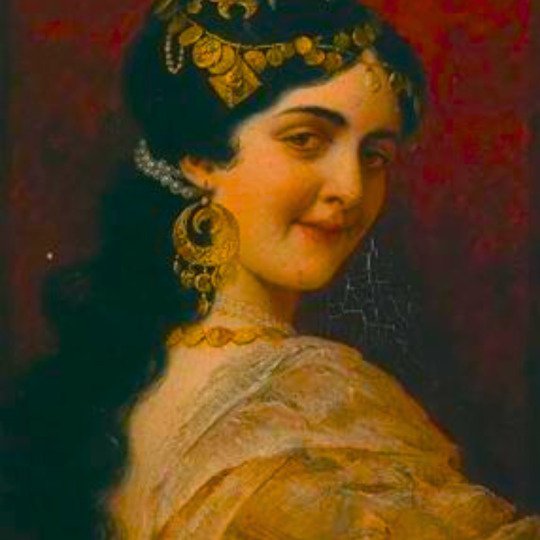
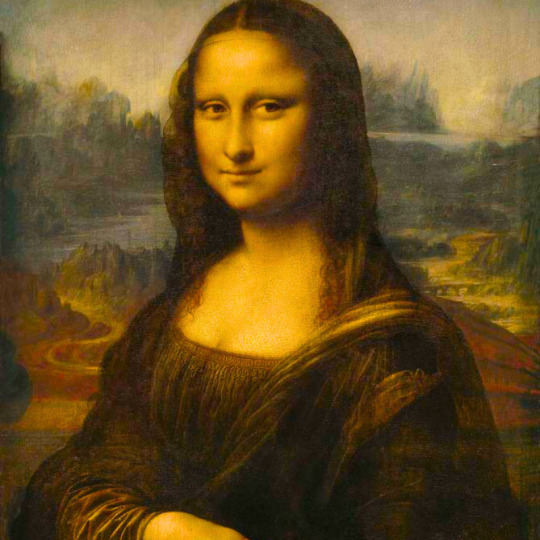
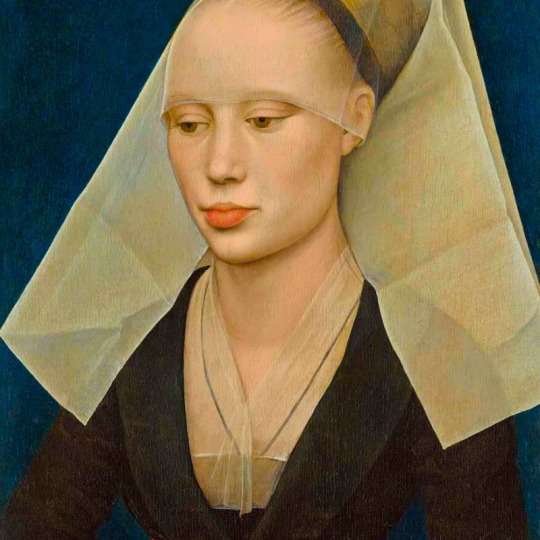
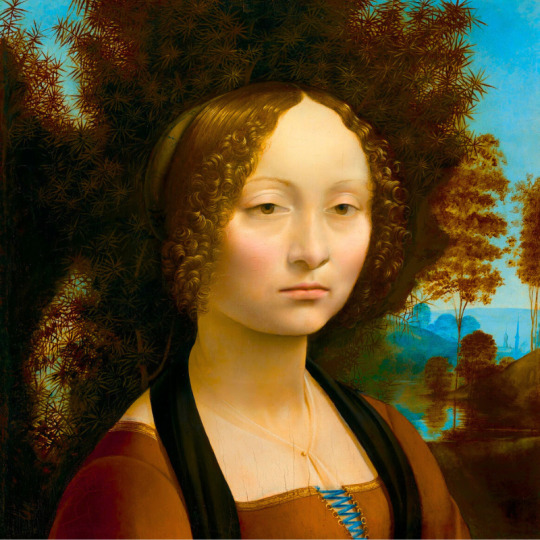
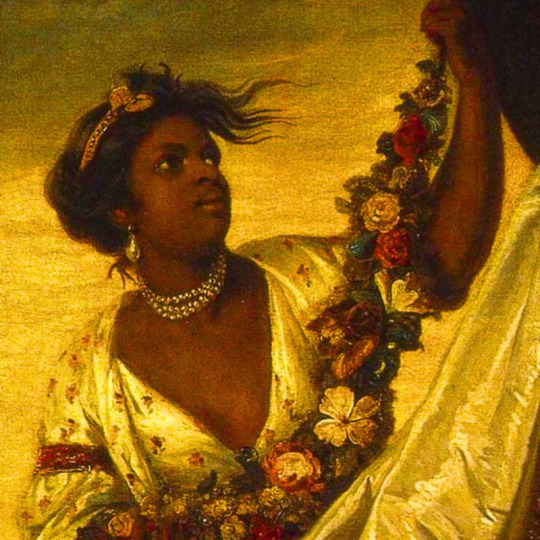

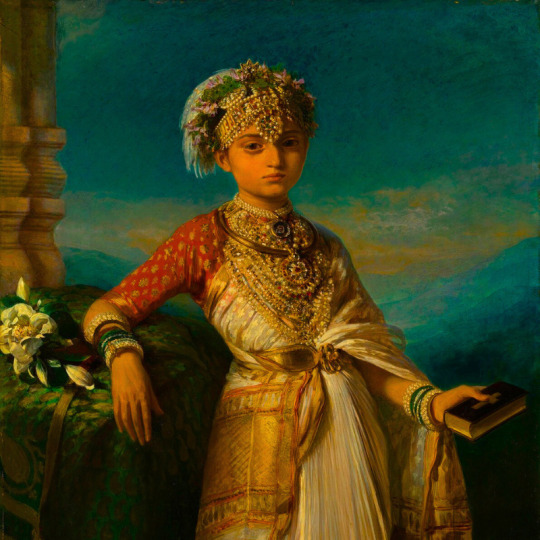




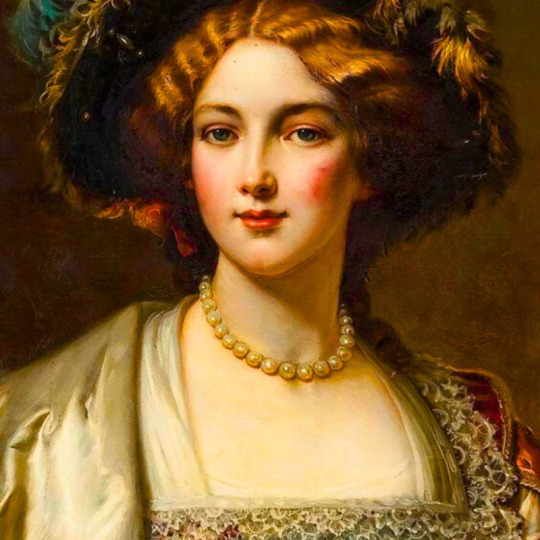
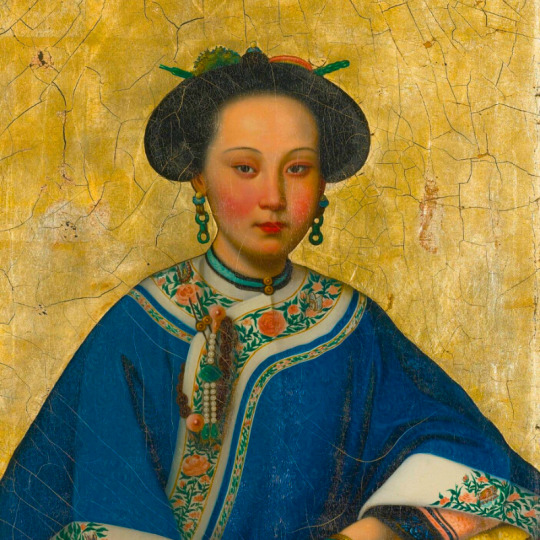

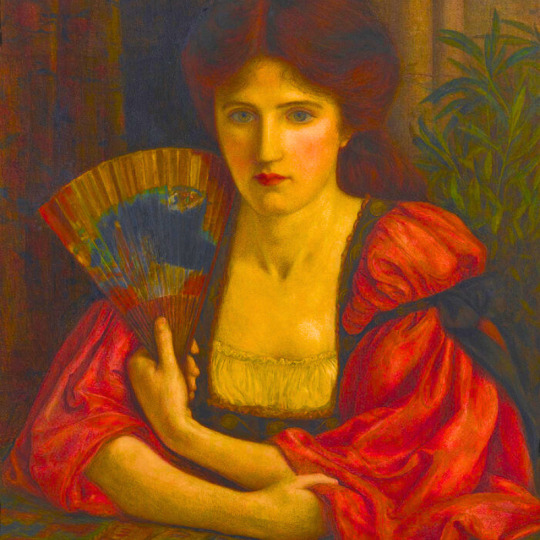
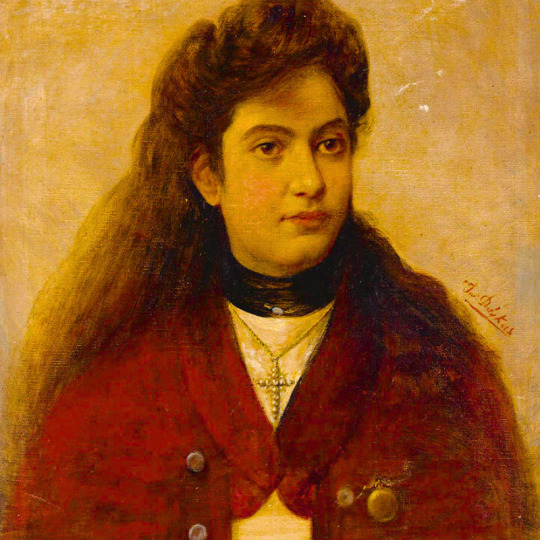


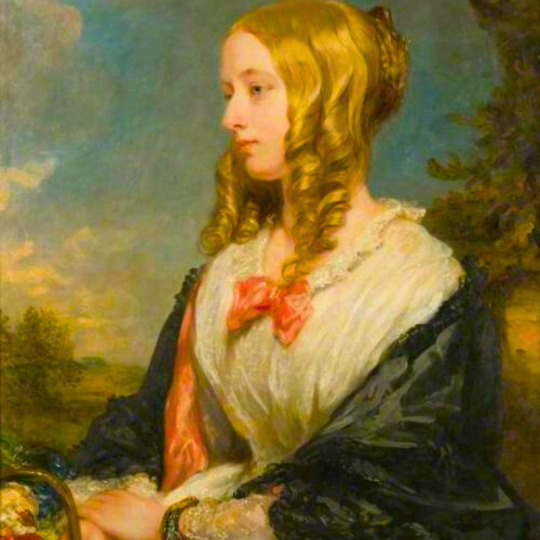
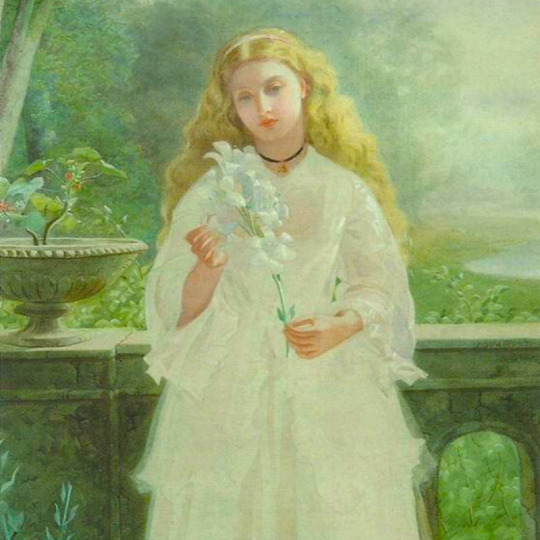
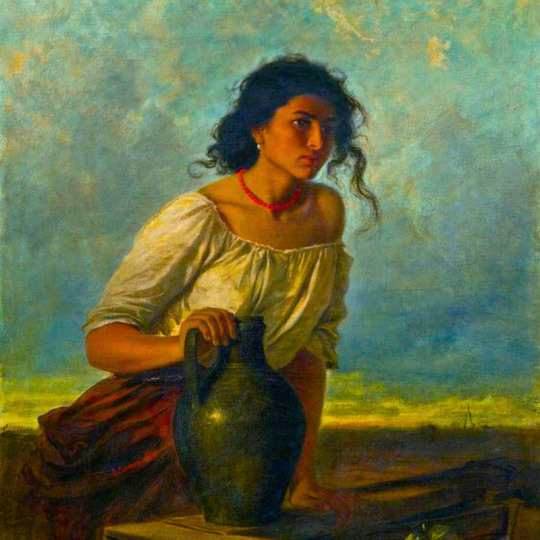
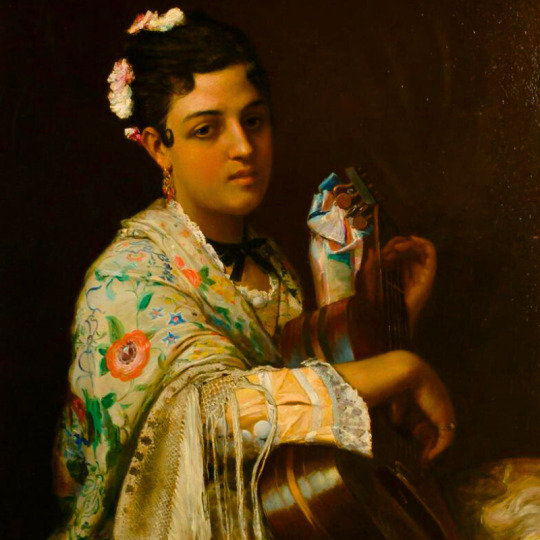
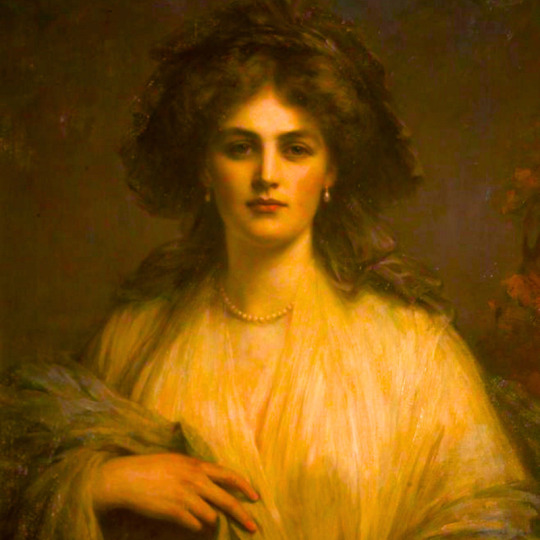

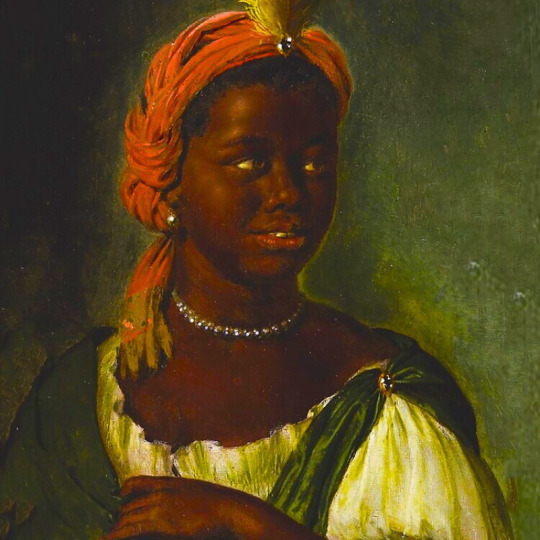
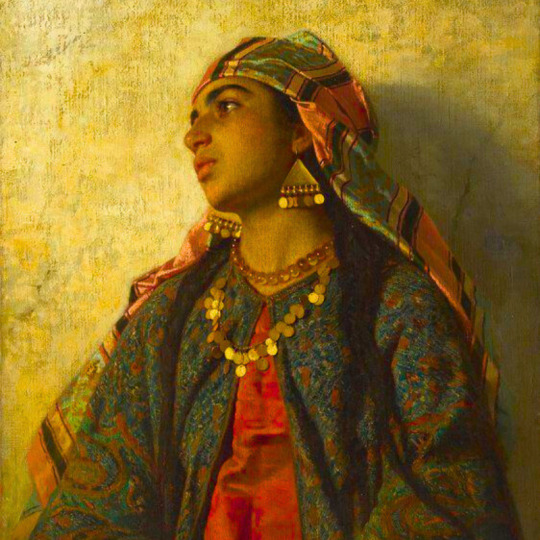


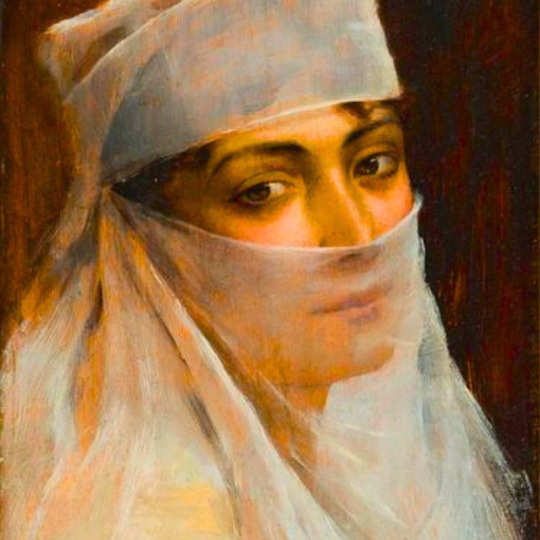
women + portraits
#portrait of an egyptian woman by unknown#portrait of a lady in oriental headdress by mortiz stifter#mona lisa by leonardo da vinci#portrait of a lady by rogier van der weyden#portrait of ginerva benci by leonardo da vinci#portrait of lady elizabeth keppel adoring a herm of hymen england by sir joshua reynolds#portrait of edith jocelyn by heinrich m. muller#portrait of princess gouramma by franz xaver witerhalter#portrait of a lady wearing a floral wreath by marie genevieve bouliard#portrait of unknown swiss woman by unknown#infantin of isabella clare eugenia at 13 by alonso sanchez coello#portrait of a lady by abbey alston#portrait of a noblewoman by cesare agostino detti#a portrait of a beauty qing dynasty by unknown#portrait of a noblewoman by jan adam kruseman#on a balcony self portrait by marie spartali stillman#portrait of a greek woman by ioannis doukas#portrait of maria manicini by jacob ferdinand voet#unknown by sir frank dicksee#ms charles sabine thellusson by margaret sarah carpenter#portrait of a girl holding a lily by john simmons#girl with vase by leopold carl muller#portrait of a spanish lady by henri-guillaume schlesinger#lady beatrice butler by ellis william roberts#portrait of a woman by felipe santiago gutierrez#an african womab by willem van mieris#1889 moorish girl by francesc masriera#an oriental beauty by franz xavier kosler#an egyptian girl by franz xavier kosler#young girl with veil by albert aublet
312 notes
·
View notes
Text

Lord Frederick Windsor, Lady Frederick Windsor, Maud Windsor and Isabella Windsor attend the “Together at Christmas” Carol Service at Westminster Abbey in London, England -December 8th 2023.
#lord frederick windsor#lady frederick windsor#sophie winkleman#maud windsor#isabella windsor#british royal family#england#2023#december 2023#christmas#christmas 2023#christmas carol service#christmas carol service 2023#together at christmas#together at christmas 2023#royal children#my edit
28 notes
·
View notes
Text


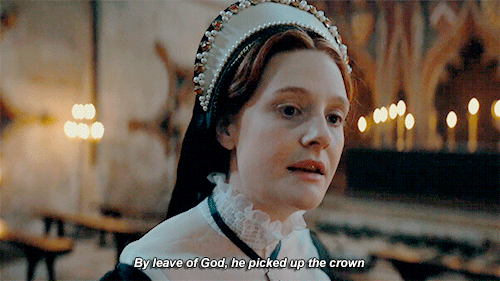

The boldness and scale of her achievement are often overlooked. The campaign that Mary led in the summer of 1553 would prove to be the only successful revolt against central government in sixteenth-century England. She, like her grandfather Henry VII and grandmother Isabella of Castile, had to fight for her throne. In the moment of crisis she proved decisive, courageous, and “Herculean”—and won the support of the English people as the legitimate Tudor heir. (X)
#mary i#henry vii#becoming elizabeth#perioddramaedit#historyedit#mine: perioddrama#mine: history#mine: gifs#mine.#rayedit.#mary tudor#henry tudor#isabella of castile#tudor history#becomingeelizabethedit#perioddrama#historicaldrama#romola garai#tudor england#i likes this scene
807 notes
·
View notes
Text
Isabella I of Castile had fertility issues as well… Maybe not false pregnancies like her granddaughter Mary, and she conceived quickly the first time, but 5 years passed between her first and second pregnancy, which resulted in stillbirth, and then she couldn’t conceive again for another 2-3 years.
13 notes
·
View notes
Text

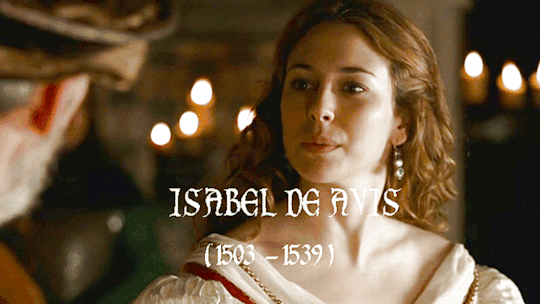

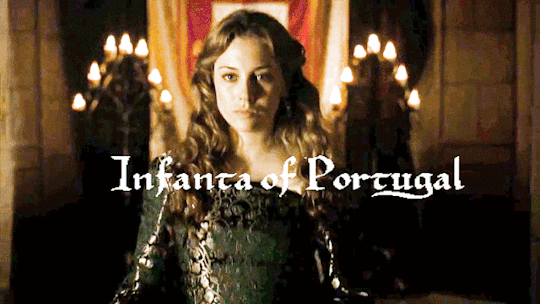

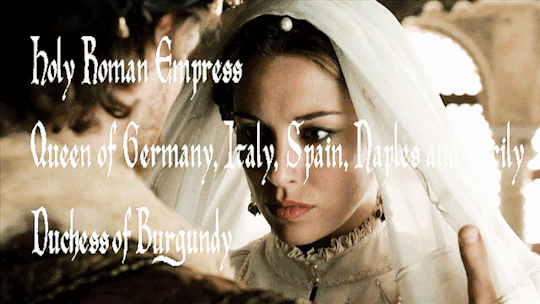

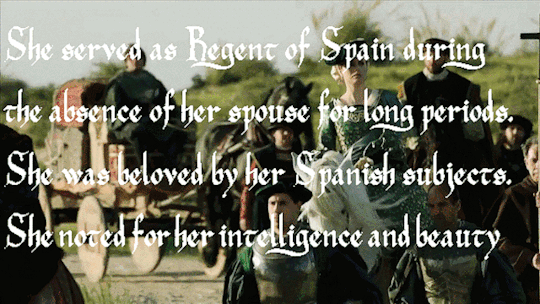
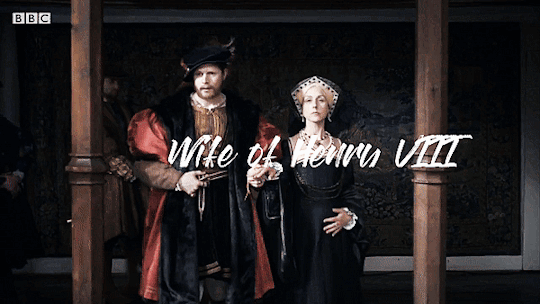
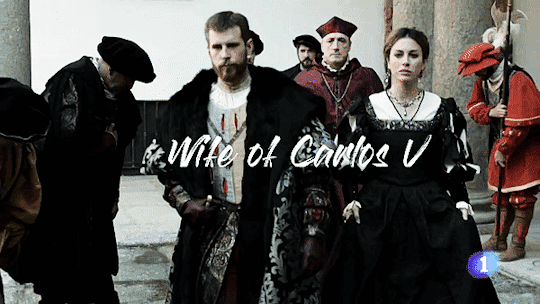

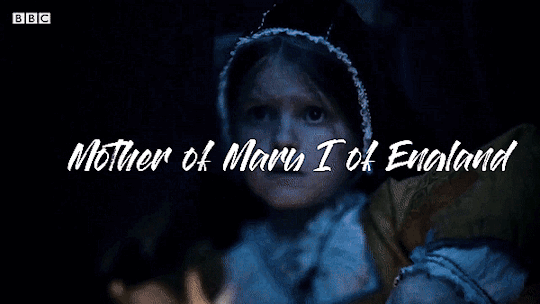
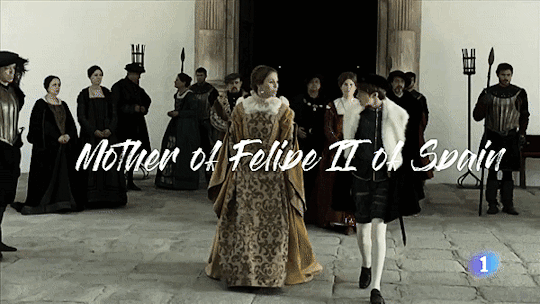

#katherine of aragon#catherine of aragon#catalina de aragon#isabella of portugal#isabel de portugal#mary i of england#felipe ii#spanish history#english history#charles v#henry viii#perioddramaedit
15 notes
·
View notes
Text

John’s little booknook bookmobile + Isabella of Angouleme (Retrospring requests)
#Isabella of Angouleme#John I of England#John lackland#13th century#12th century#king John I#my art#requests
15 notes
·
View notes
Text
Some Spanish authors, however, did credit Mary herself or the couple working together for the restoration of Catholicism. Francisco Garrido de Villena, a caballero of Valencia, wrote that Mary, the “sovereign queen” who was “more than human,” worked “a miracle” in England by restoring the religion that had been “lost to a cursed Lutheran sect.” Bartolomé Carranza, the queen’s confessor, referred to Mary and Philip as the “Catholic Kings who restored the ancient and true religion.” Previously, the title “Catholic Kings” was associated with Isabel of Castile and Ferdinand of Aragon, Mary’s grandparents and Philip’s great-grandparents, who had united the two major kingdoms of Spain through their marriage in 1474 and conquered the Muslim Kingdom of Granada in 1492, thereby concluding the centuries-long Reconquista. Carranza made the connection between Isabel-Ferdinand and Mary-Philip explicit in his preface “to the pious reader” by referring to “the Catholic Kings,” meaning Isabel and Ferdinand, on the first page, then referring to “the Catholic Kings,” meaning Mary and Philip, on the next page, but whereas Isabel and Ferdinand had lived before Martin Luther and thus commanded the Bible to be translated into the vernacular, Mary and Philip removed vernacular Bibles in order to restore Catholicism to England, according to Carranza. For Spaniards, the implication of Carranza’s use of the title was that Mary and Philip were supervising a new reconquest, one that was less militarized if no less religiously contentious than the first. Further, his use of the masculine “kings” to refer to both Mary and Philip suggested an equality between them, just as Isabel and Ferdinand had maintained an equilibrium throughout their marriage.
— A Narrative That Was Not Her Own: Mary I as Mediterranean Queen by Darcy Kern, 2022. In Writing Mary I: History, Historiography, and Fiction, edited by Valerie Schutte and Jessica S. Hower
#historicalquotes#history#tudorerasource#Kern tag#dailytudors#mary i of england#philip ii of spain#marriage#parallels#religion#isabella i of castile#Bartolomé Carranza#ferdinand ii of aragon#*mine#*quotes
48 notes
·
View notes
Photo


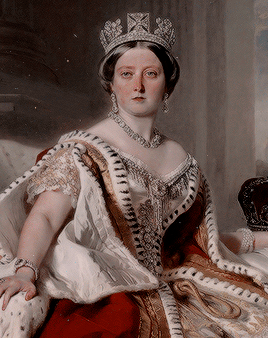
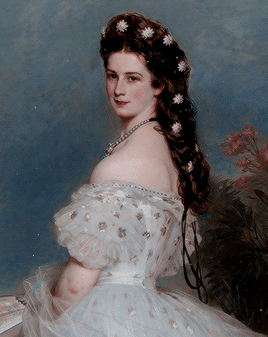

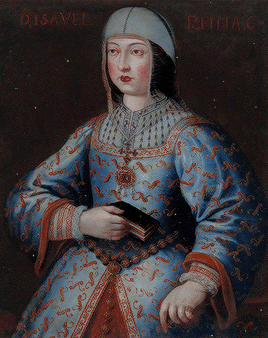
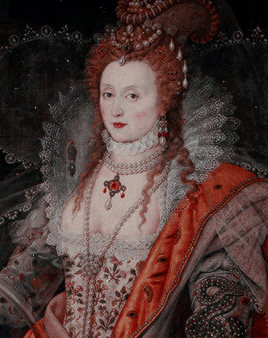


“She made broken look beautiful and strong look invincible. She walked with the Universe on her shoulders and made it look like a pair of wings.”
Happy birthday dearest @edwardslovelyelizabeth! 💖
#edwardslovelyelizabeth#historyedit#royaltyedit#elizabeth woodville#catherine ii#victoria i#elisabeth of bavaria#elisabeth of austria#maria feodorovna#dagmar of denmark#isabella i of castile#elizabeth i of england#elizabeth alexeievna#louise of baden#maria theresa#queens#art#paintings#our edits#our creations#ladies
174 notes
·
View notes
Photo


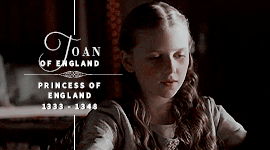


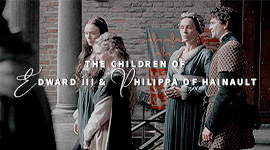

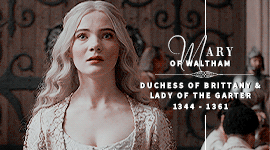

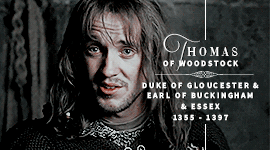
↳ the children of Edward III & Philippa of Hainault (that survived infancy)
(requested by anonymous)
#edward iii#philippa of hainault#edward the black prince#isabella of england#joan of england#lionel of antwerp#john of gaunt#edmund of langley#mary of waltham#margaret of england#thomas of woodstock#english history#house plantagenet#*requests#my gifs#historyedit#creations*
388 notes
·
View notes
Text

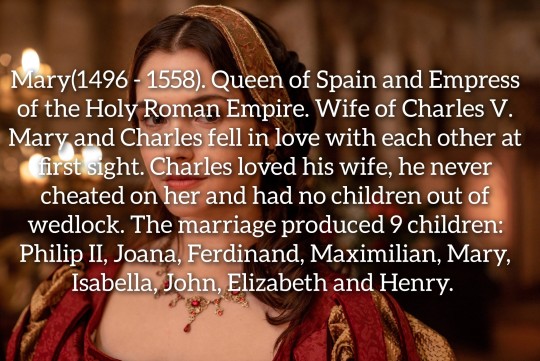
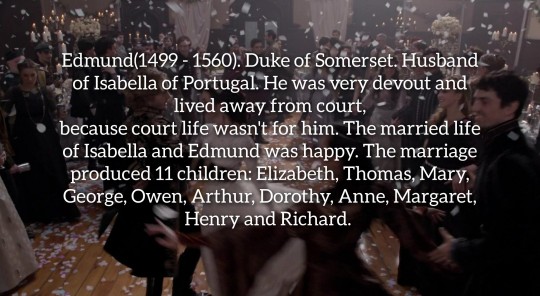



AU House of Tudors: Children Henry VII and Elizabeth of York.
Mary(1496 - 1558). Queen of Spain and Empress of the Holy Roman Empire. Wife of Charles V. Mary and Charles fell in love with each other at first sight. Charles loved his wife, he never cheated on her and had no children out of wedlock. The marriage produced 9 children: Philip II, Juana, Ferdinand, Maximilian, Mary, Isabella, Juan, Elizabeth and Henry. She was beloved by her subjects.
Edmund (1499 - 1560). Duke of Somerset. Husband of Isabella of Portugal. He was very pious and lived away from court, because court life wasn't for him. The married life of Isabella and Edmund was happy. The marriage produced 11 children: Elizabeth, Thomas, Mary, George, Owen, Arthur, Dorothy, Anne, Margaret, Henry and Richard.
Catherine(1503 - 1567). Queen of Navarre. Wife of Henry II of Navarre, mother of 5 children: Jean IV, Jeanne, Francis, Claude, Pierre. Not finding happiness in marriage Catherine devoted herself to music and literature.
AU: Дети Генриха VII и Елизаветы Йоркской.
Мария(1496 - 1558). Королева Испании и императрица Священной римской империи. Жена Карла V. Мария и Карл влюбились в друг друга с первого взгляда. Карл любил свою жену, он ей никогда не изменял и не имел внебрачных детей. В браке родилось 9 детей: Филипп II, Хуана, Фердинанд, Максимилиан, Мария, Изабелла, Хуан, Елизавета и Энрике. Такжа она была любима своими подданными.
Эдмунд(1499 - 1560). Герцог Сомерсет. Муж Изабеллы Португальской. Был очень набожным и жил в дали от двора, так как придворная жизнь была не для него. Супружеская жизнь Изабеллы и Эдмунда была счастливой. В браке родилось 11 детей: Елизавета, Томас, Мария, Джордж, Оуэн, Артур, Дороти, Анна, Маргарита, Генрих и Ричард.
Екатерина(1503 - 1567). Королева Наварры. Жена Генриха II Наваррского, мать 5 детей: Жан IV, Жанна, Франсуаза, Клод, Пьер. Не найдя счастья в браке Екатерина посвятила всю себя музыке и литературе.
Part 2.
#history#history au#royal family#royalty#isabella#english#english history#british royalty#british royal family#british history#British#au#the spanish princess#the white queen#the white princess#the tudors#mary tudor#henryviii#henry vii of england#elizabeth of york#catherine of aragon#house of york#house of tudor#Royal#Royals
11 notes
·
View notes
Text
The Isabella Stewart Gardner museum
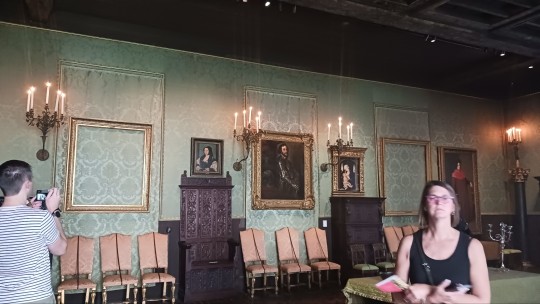


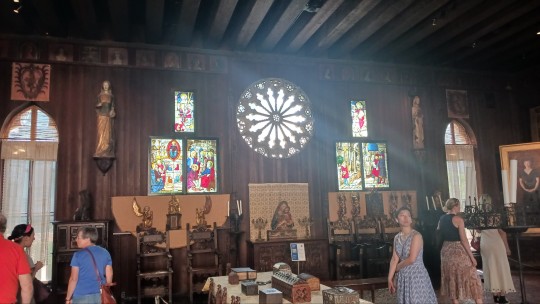
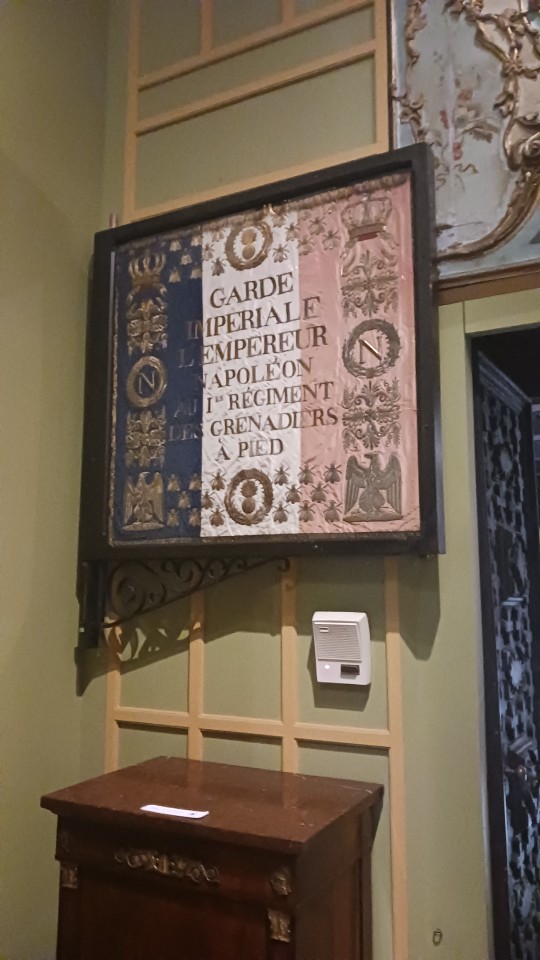
17 notes
·
View notes
Text




Happy 8th Birthday to Isabella Windsor -January 16th 2024.
#happy birthday#birthday#isabella windsor#british royal family#england#2024#january 2024#8th birthday#birthday 2024#isabella windsor's 8th birthday#royal children#my edit
21 notes
·
View notes
Text
Thanks to Lili1127 again
#katherine of aragon#catherine of aragon#catalina de aragon#isabel tve#henry viii#henry vii of england#isabella I of Castille#Ferdinand of Aragon#english subtitles
6 notes
·
View notes
Photo


Isabel was a devoted mother who kept her daughters close to hand, supervising their education and preparing them for marriage to a foreign prince or king and for life in a foreign court.
Their messages of emotional expression echo across the centuries, telling us of the costs of physical and political failure borne by women who failed in the duty to provide a male heir. This must have been deeply frustrating for Catherine, whose own mother was witness to the fact that a woman could indeed inherit and rule successfully. For her, a daughter was not dynastic failure, it was a joy. In the early 1520s, Catherine devoted herself to her daughter, Mary, the center of her emotional world and, she believed, the anchor of her marriage and status as queen consort.
- Theresa Earenfight, Catherine of Aragon: Infanta of Spain, Queen of England
for @stubbornsoul
#perioddramaedit#historyedit#women in history#isabella i of castile#katherine of aragon#mary i of england#isabel tve#carlos rey emperador#michelle jenner#natalia rodríguez#mélida molina#angela cremonte
188 notes
·
View notes